
What is HackRF One ?
HackRF One from Great Scott Gadgets is a software defined radio peripheral capable of transmitting or reception of radio signals from 1 MHz to 6 Hz. Designed to enable testing and development of modern and next generation radio technologies, HackRF One is an open source hardware platform that can be programmed as a USB peripheral or for stand-alone operation.
- 1 MHz to 6 GHz operating frequency
- half-duplex transceiver
- up to 20 million samples per second
- 8-bit quadrature samples (8-bit I and 8-bit Q)
- compatible with GNU Radio, SDR#, and more
- software-configurable RX and TX gain and baseband filter
- software-controlled antenna port power (50 mA at 3.3 V)
- SMA female antenna connector
- SMA female clock input and output for synchronization
- convenient buttons for programming
- internal pin headers for expansion
- Hi-Speed USB 2.0
- USB-powered
- open source hardware
Background
The HackRF One is a Software Defined Radio (SDR) device with the ability to digitize radio signals that are received or transmitted by the device. The HRF1 works with frequencies from 1MHz to 6 GHz, which includes most devices operating with Bluetooth, FM radio, near-field communication (NFC), and cellular technology. The device is operated in conjunction with a computer and software that can process SDR, such as GNU Radio Companion (GRC) (“HackRF One,” n.d.). The HRF1 device operates in half duplex mode, meaning that it is only able to either receive transmissions or transmit signals one at a time, rather than receiving and transmitting at the same time
- How to Hack WhatsApp Account
- HACK INSTAGRAM ACCOUNT 2021
- How To Get Free Instagram Followers
- Facebook Hacking Tricks 2021 | Faceboohack
- Hack Instagram Account Using BruteForce 2020
- New WhatsApp Bugs Could’ve Let Attackers Hack Your Phone Remotely
- Hack Instagram : Track Unfollowers, Increase Your Followers, Download Stories
Purpose and Scope
The purpose of this tutorial is to provide a basic understanding of the HackRF One device and the GNU Radio Companion software through written instructions, pictures, and video tutorials in order to demonstrate the process of receiving, broadcasting, retransmitting, and live transmitting signals.
Terminology
Amplitude – The strength of the radio signal (“Amplitude Modulation,” 2017).
Digital Signal Processing (DSP) – Signals processed via analysis, modification, and synthesis by a sequence of numbers that represent samples of a continuous variable in a domain such as time, space, or frequency (Rouse, “DSP,” n.d.).
GNU Radio Companion – A graphic user interface (GUI) software that allows users to create a flowgraph that visualizes and processes signals
Filter – Helps clean up received signals in order to limit unnecessary noise and interference, and to clean up signals when transmitting to cause less radio interference (“Low-pass Filter,” 2017).
Hertz (Hz) – Derived unit of frequency. Defined as one cycle per second.
Radio Frequency – Number of cycles per second of radio waves; measured in hertz (Hz) (“Radio Frequency,” n.d.).
Receive – The act of obtaining and interpreting radio waves from other devices (“Radio Receiver,” 2017). Functions in the form of software controlled modules while using SDR (Rouse, “SDR,” n.d.).
Sample Rate – Rate at which data is taken digitally over a period of time. Measured in Hz. (Christensson, 2015).
Software Defined Radio (SDR) – Used to transmit radio waves via hardware. SDR emulates radio hardware
Transmit – The act of sending out a signal via a wire or radio waves (“Transmit,” 2014).

HackRF One
NooElec Great Scott Gadgets Extruded Aluminium Enclosure Kit for HackRF One (Black)


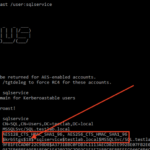
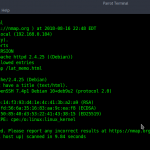



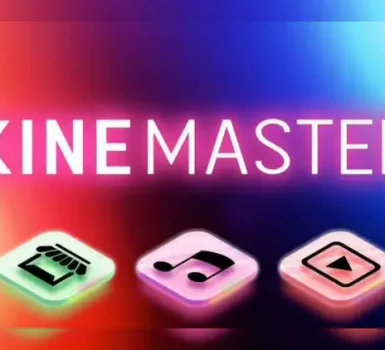

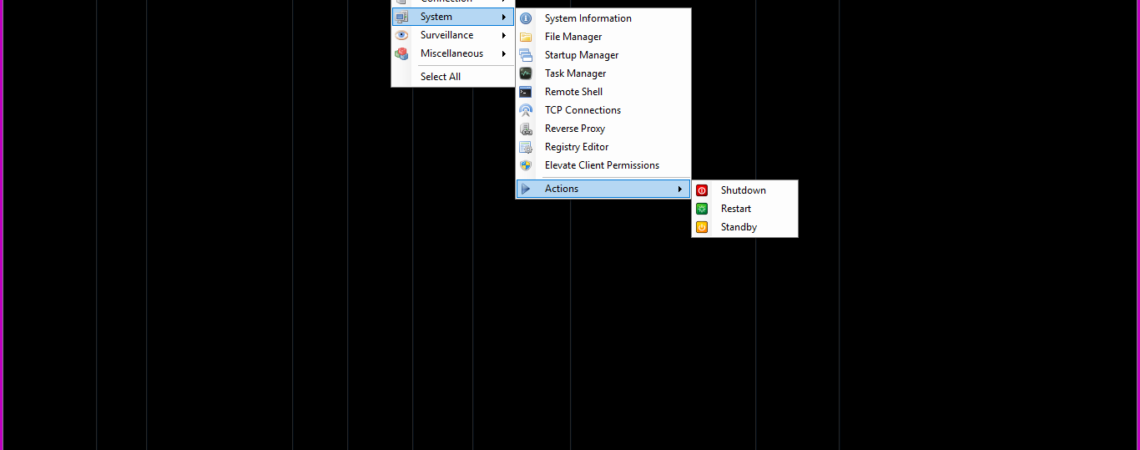
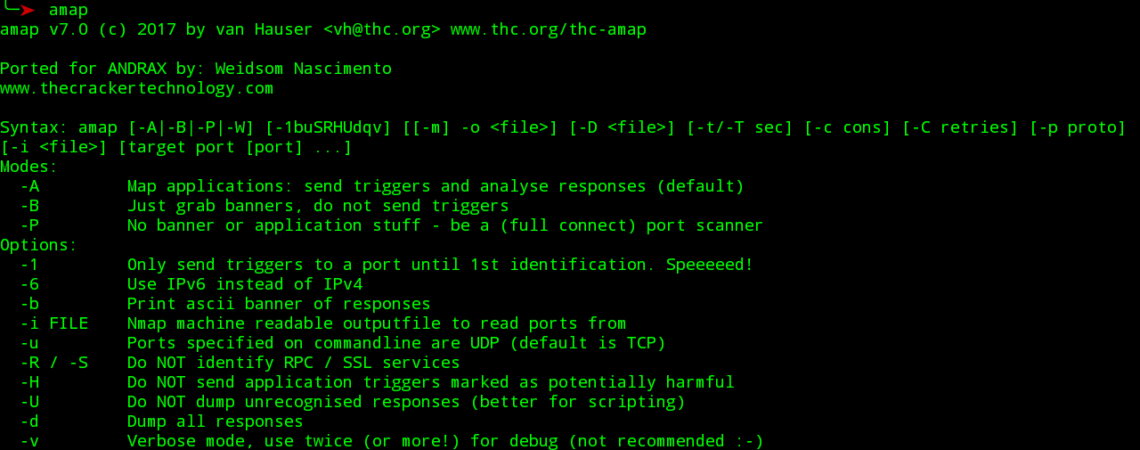
This internet site is my intake, really excellent style and design and perfect written content.
You are a very capable individual!